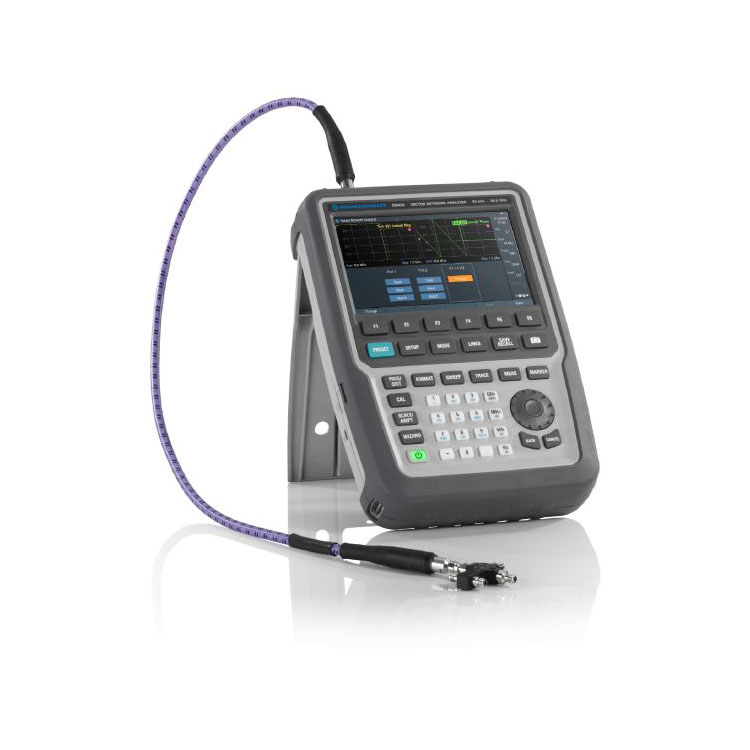
With the widespread popularity and use of wireless networks, the optimization of Wi-Fi performance has become increasingly important. As a network administrator, it is crucial to understand how to use a network analyzer to analyze Wi-Fi performance and design an optimized network. This article will introduce how to use a network analyzer to analyze Wi-Fi networks and optimize performance.

A network analyzer is a tool that can help us understand the performance data of a Wi-Fi network, including signal strength, bandwidth, network topology, and more. Here are some practical tips for using a network analyzer to analyze Wi-Fi networks and optimize performance:
1. Perform network measurements
Before starting Wi-Fi optimization, you must first understand the actual performance of the network. Performing network measurements is a key step that helps confirm baseline network performance. Network measurements can help us understand the following:
- The maximum coverage of the network
- The bandwidth and network throughput of the network
- The transmission speed and latency of the network
The execution of network measurements usually requires the use of a network analyzer. A network analyzer can help us obtain a large amount of data about network performance. By analyzing the data collected by the analyzer, we can better understand the performance data of the network and thus improve the performance of the network.
2. Identify sources of signal interference
Signal interference is one of the main performance issues for Wi-Fi networks. Signal interference can cause poor signal quality on a wireless network. Fortunately, we can use a network analyzer to identify sources of signal interference in the network.
To identify sources of signal interference, we need to follow these steps:
- Turn on the network analyzer
- Turn on the scanner and scan the network
- Identify any interfering signals and note their type and location
- Improve network performance by removing interference sources
3. Optimize network coverage
The coverage of a Wi-Fi network is extremely important to users. The wider the coverage of a wireless network, the easier it is for users to connect to the network. However, the coverage of a network also depends on many factors, such as:
- Size of the space
- Building materials
- Electromagnetic interference
To optimize network coverage, we need to use a network analyzer to measure network signal strength and determine the best way to deploy the network. The data collected using a network analyzer can help us:
- Determine the best location and direction to install and position signal amplifiers and routers
- Identify any weak signal areas and use them as targets for on-site optimization
4. Identify bottlenecks
Network bottlenecks can cause network performance to degrade. To identify bottlenecks in the network, we can use a network analyzer to:
- Measure bandwidth
- Measure network latency
- Analyze the transmission speed of data packets
By using an analyzer to monitor network bottlenecks, we can make informed decisions about continuous improvements in network performance.
5. Monitor performance
Wi-Fi networks are dynamic networks. The performance of the network may change over time. To ensure that the network is continuously optimized, we need to use a network analyzer to monitor performance.
Using a network analyzer to monitor network performance can provide the following benefits:
- Timely discovery and resolution of network failures
- Continuous improvement of network performance
- Improve user experience
Summary
Network analyzers are a powerful tool that can help us optimize Wi-Fi network performance. By using a network analyzer to perform network measurements, identify sources of signal interference, optimize network coverage, identify bottlenecks, and monitor performance, we can create an efficient and stable Wi-Fi network to provide the best network experience for end users.